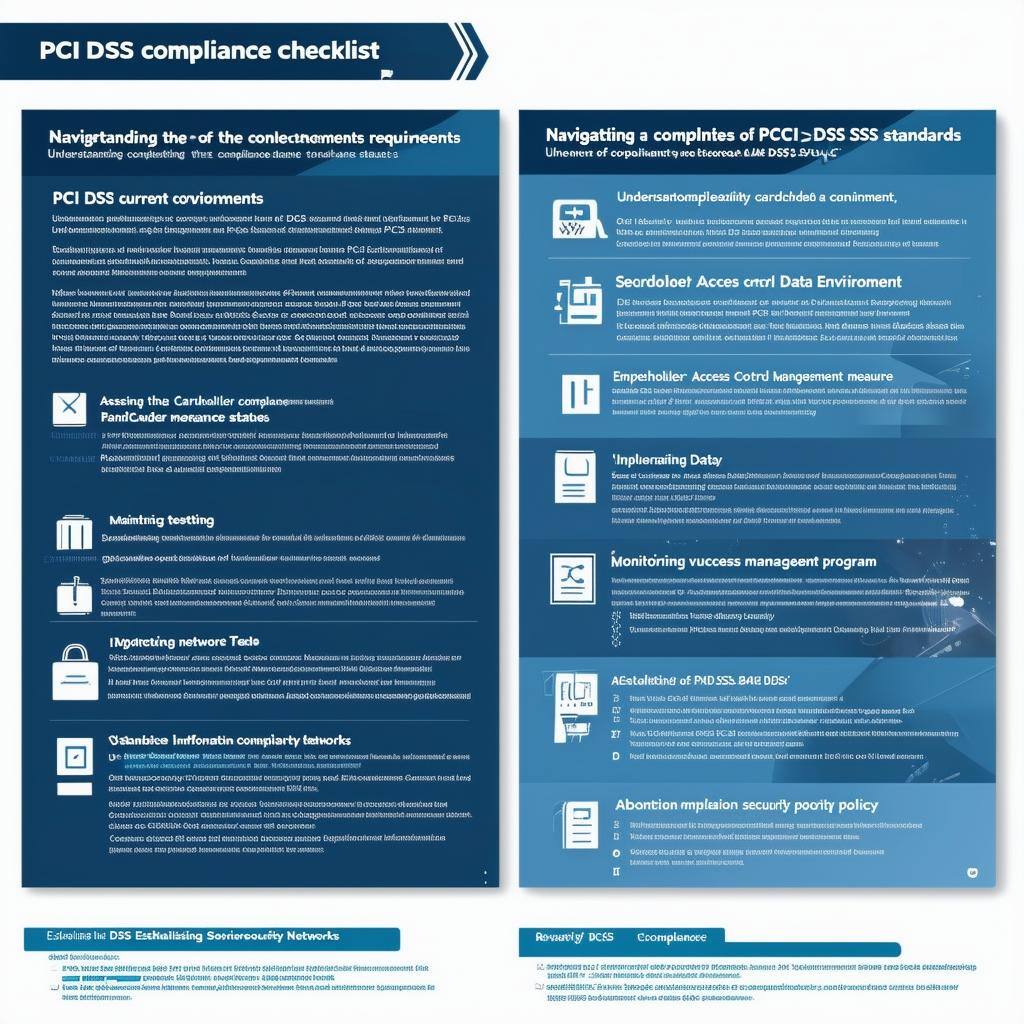Uncovering the Latest CUPS Vulnerability
Intro In the realm of IT and network management, vulnerabilities are a constant concern for professionals tasked with maintaining secure systems. One...

Brand Indicators for Message Identification (BIMI) is an email standard that lets you add a brand logo to authenticated messages sent from your domain. Email clients that support BIMI display your brand logo next to your messages in the inbox. With BIMI, brand logos and logo ownership are verified with Verified Mark Certificates (VMC), so recipients can be sure logos displayed in their inbox are legitimate.
With BIMI, your brand logo appears in the recipient’s inbox as an icon, next to messages from your organization. The icon can also be displayed inside the messages. The recipient email client determines where the icon appears for messages sent with BIMI.
BIMI is an emerging standard and is still in development. Get the latest BIMI requirements and news from the BIMI working group.
When you use BIMI to send mail, you get:

Intro In the realm of IT and network management, vulnerabilities are a constant concern for professionals tasked with maintaining secure systems. One...

Intro Navigating the complexities of PCI DSS compliance can be daunting for businesses that handle cardholder data. This comprehensive PCI DSS...

Intro In today's digital age, the importance of cyber security cannot be overstated. With the increasing number of cyber threats and attacks,...

Intro In today's digital age, the importance of cyber security cannot be overstated. With the increasing number of cyber threats and attacks,...

Intro Navigating the complexities of PCI DSS compliance can be daunting for businesses that handle cardholder data. This comprehensive PCI DSS...

SPF is a standard email authentication method. SPF helps protect your domain against spoofing, and helps prevent your outgoing messages from being...